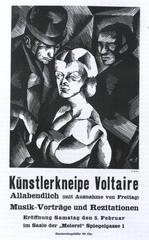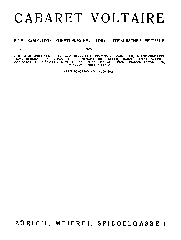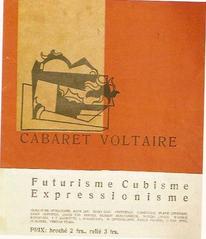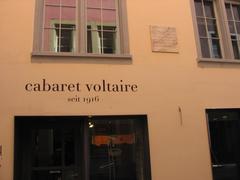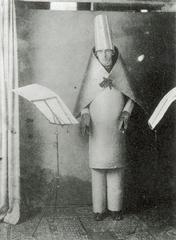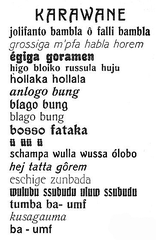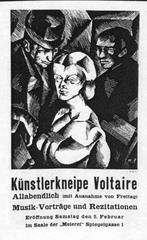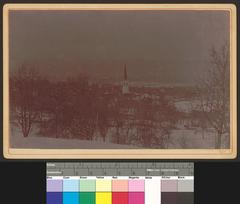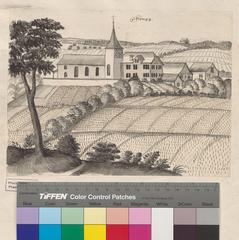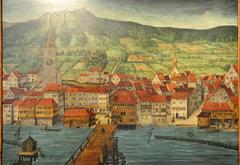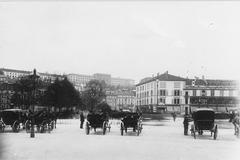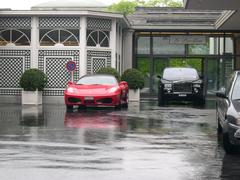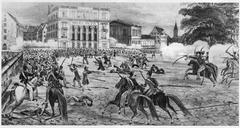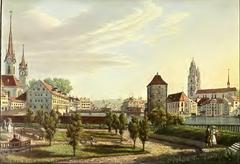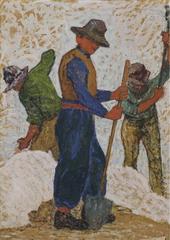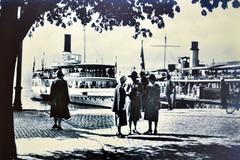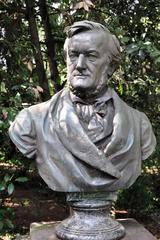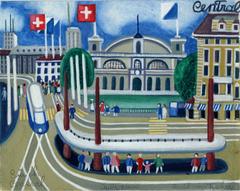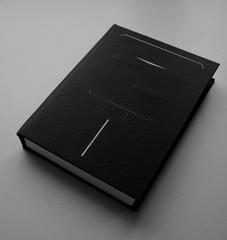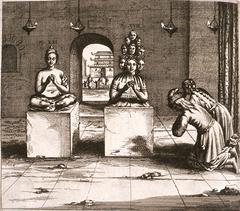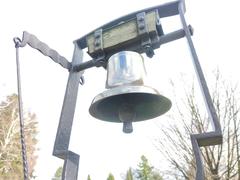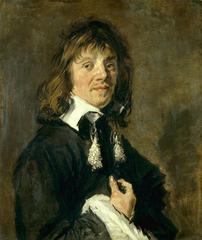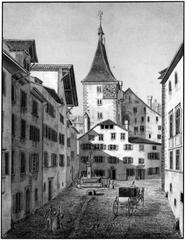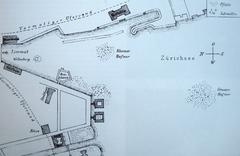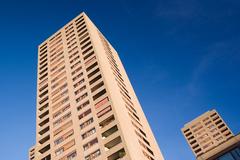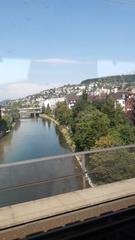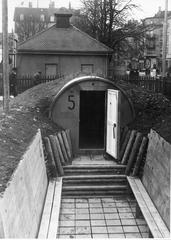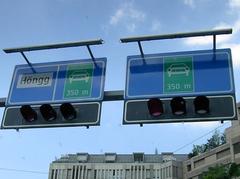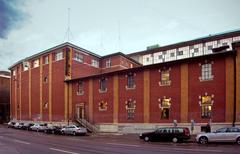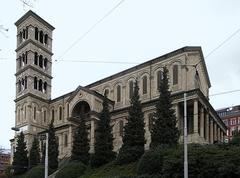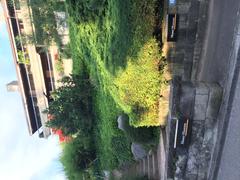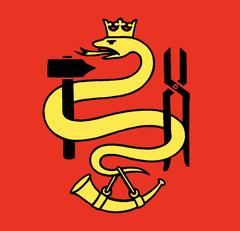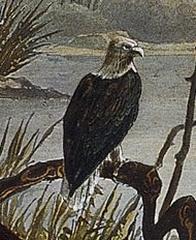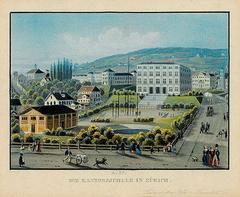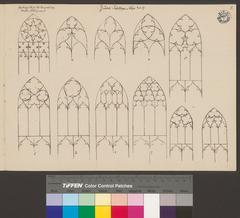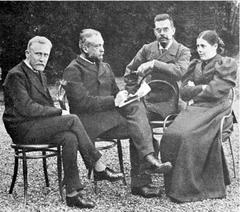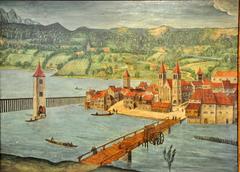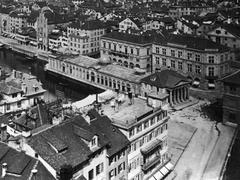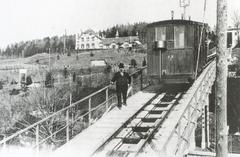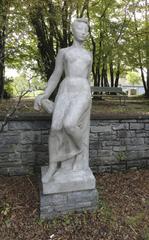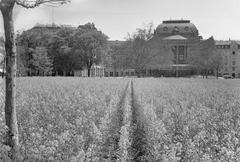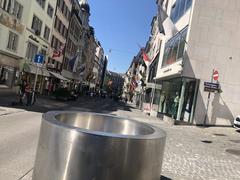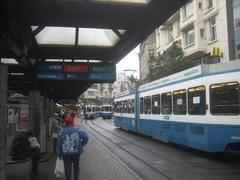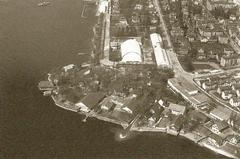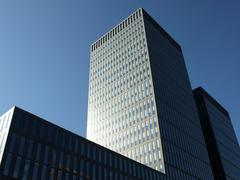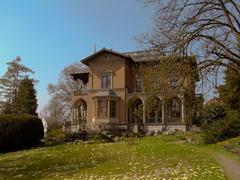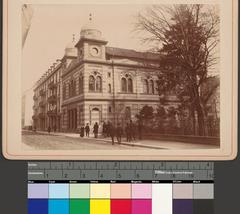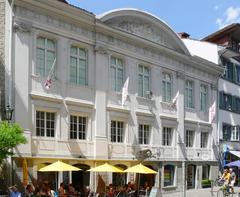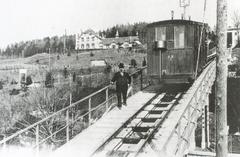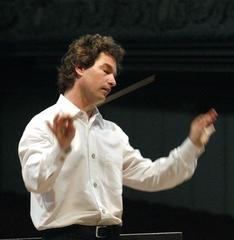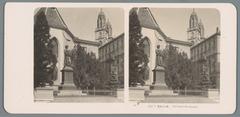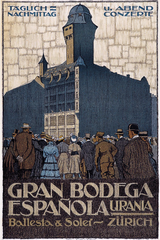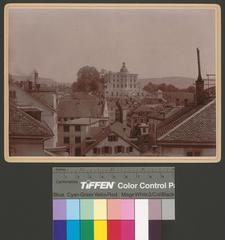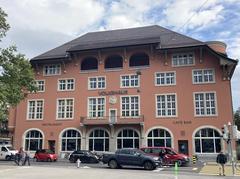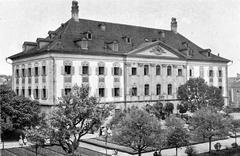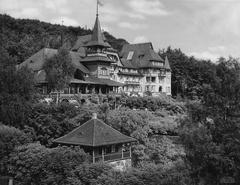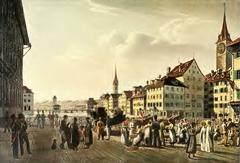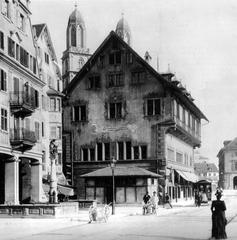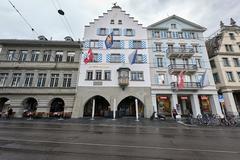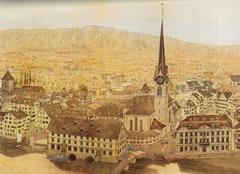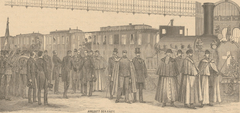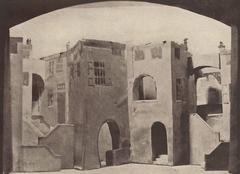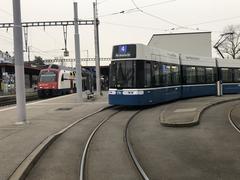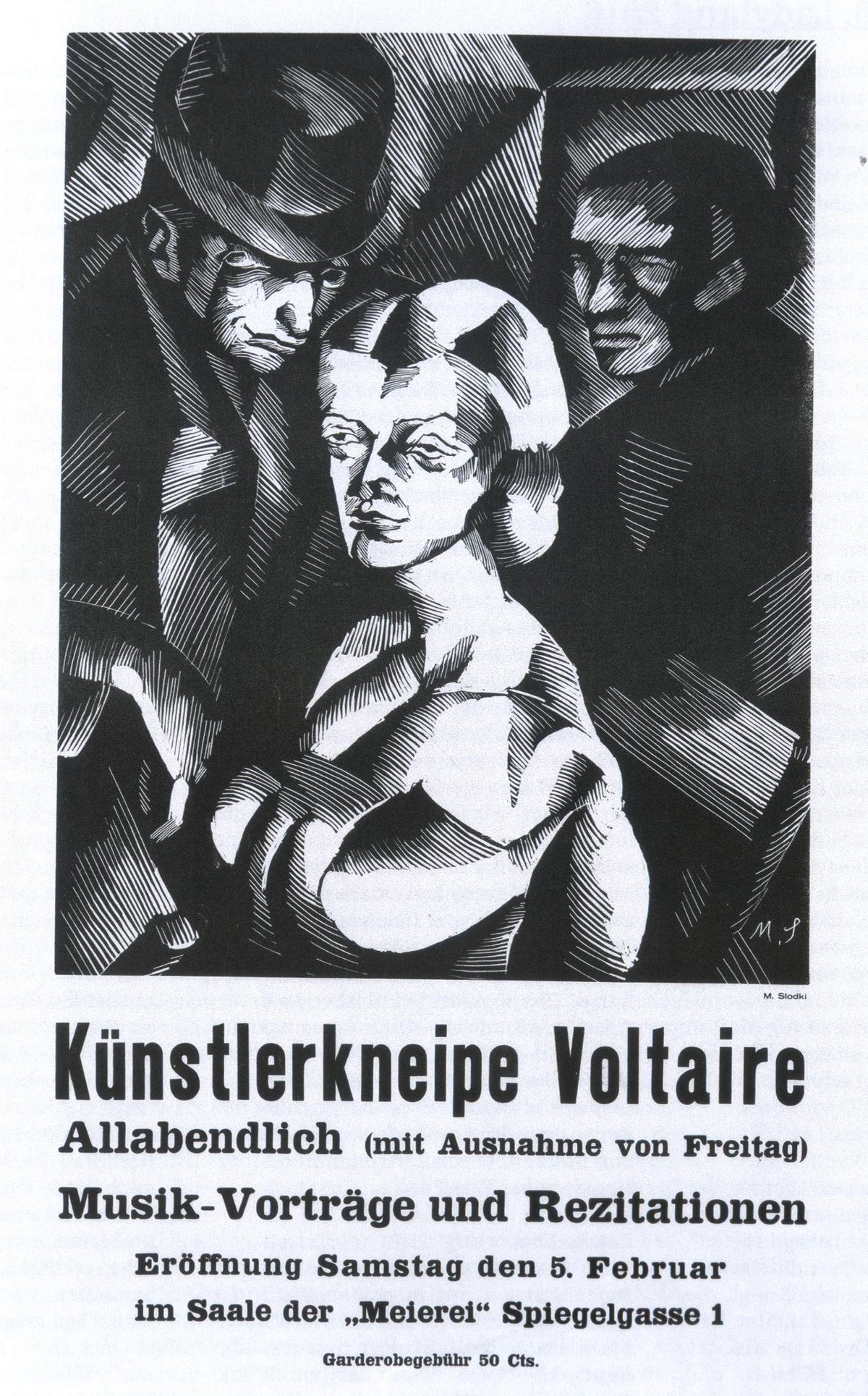
Complete Guide to Cabaret Voltaire: Visiting Hours, Tickets, and Historical Significance in Zürich
Date: 14/06/2025
Introduction
Located in the heart of Zurich’s Old Town, Cabaret Voltaire is globally celebrated as the birthplace of Dadaism, one of the 20th century’s most influential avant-garde art movements. Founded in 1916 by Hugo Ball and Emmy Hennings during the upheaval of World War I, this venue became a rallying point for artists and intellectuals challenging social and artistic conventions. Today, Cabaret Voltaire is both a museum and a vibrant cultural center, hosting exhibitions, performances, and educational programs that honor its radical legacy (Cabaret Voltaire Official Site; Supertravelr, 2024).
This comprehensive guide provides essential information on Cabaret Voltaire’s history, visiting hours, ticketing, accessibility, and nearby attractions, ensuring you make the most of your visit to this icon of Zurich’s cultural landscape.
Table of Contents
- The Historical Context of Early 20th-Century Zurich
- Founding of Cabaret Voltaire and the Birth of Dadaism
- Artistic Philosophy and Key Figures
- The Spread and Legacy of Dadaism
- Cabaret Voltaire Today: Role and Offerings
- Visitor Information
- Current and Upcoming Exhibitions & Events
- Nearby Attractions
- Frequently Asked Questions (FAQ)
- Summary and Visitor Tips
- References and Further Reading
The Historical Context of Early 20th-Century Zurich
During World War I, Zurich’s neutrality turned it into a haven for refugees, artists, and political exiles. The city nurtured a cosmopolitan and experimental spirit, fostering the cross-pollination of ideas that led to the founding of the Dada movement (Supertravelr). This environment of creative unrest and international exchange set the stage for Cabaret Voltaire’s emergence as a center for avant-garde experimentation.
Founding of Cabaret Voltaire and the Birth of Dadaism
Cabaret Voltaire opened its doors at Spiegelgasse 1 in February 1916, established by Hugo Ball and Emmy Hennings. Their vision was to create a space for artistic entertainment and free expression, attracting a circle of like-minded creatives including Tristan Tzara, Marcel Janco, Hans Arp, and Richard Huelsenbeck (EBSCO Research Starters).
On July 28, 1916, Ball read the first Dada Manifesto, formally inaugurating the movement. The name “Dada” was famously chosen at random from a dictionary, embodying the group’s embrace of absurdity and rejection of reason (Historified, 2025).
The performances at Cabaret Voltaire were intentionally chaotic and boundary-pushing, combining poetry, music, dance, and visual art in an interdisciplinary mix that challenged all artistic conventions (EBSCO Research Starters).
Artistic Philosophy and Key Figures
Dadaism was defined by its spirit of rebellion, spontaneity, and irony. Dadaists rejected traditional aesthetics and logic, instead embracing chance, nonsense, and the unconscious. Their experimental works spanned poetry, performance, collage, sound, and visual arts (The Art Story).
Notable figures and their contributions include:
- Hugo Ball: Authored the first Dada Manifesto, set the movement’s tone.
- Emmy Hennings: Poet and performer, pivotal in shaping the cabaret’s early ambiance.
- Tristan Tzara: Theorist and poet, later led Dada’s international spread.
- Marcel Janco: Artist, designed masks and set pieces.
- Hans Arp: Painter and sculptor, known for abstract pieces.
- Richard Huelsenbeck: Writer, contributed to Dada’s anti-bourgeois stance (EBSCO Research Starters).
The Spread and Legacy of Dadaism
Dada quickly transcended Zurich, taking root in Paris, Berlin, and New York. Its influence persists in Surrealism, Abstract Expressionism, Fluxus, and Neo-Dada, as well as in the ongoing questioning of the nature and boundaries of art (Art-Folio). Dada’s legacy is also apparent in performance art, conceptual art, collage, and multimedia practices (BBC Culture).
Cabaret Voltaire Today: Role and Offerings
Restored in 2004 after a period of decline and closure, Cabaret Voltaire now operates as a museum, café-bar, and cultural center overseen by the city of Zurich (Cabaret Voltaire Official Site). The venue hosts exhibitions, performances, artist talks, and educational programs. The Dada Library offers resources for researchers, while the Artists’ Bar maintains the lively spirit of the original cabaret (myswitzerland.com).
Visitor Information
Location and Accessibility
- Address: Spiegelgasse 1, 8001 Zurich, Switzerland
- Public Transport: Tram 4/15 (Rathaus), Tram 3/Bus 31 (Neumarkt), both a short walk away (Zürcher Museen).
- Accessibility: Main entrance, Artists’ Bar, and Historical Hall are accessible at street level. Upper floors (such as the Dada Library) may not be accessible due to the absence of an elevator (Cabaret Voltaire).
Visiting Hours
- Artists’ Bar / Historical Hall:
- Tue–Thu: 17:00–23:30
- Fri–Sat: 13:30–01:30
- Sun: 13:30–18:00
- Exhibitions (Vaulted Cellar and Library):
- Tue–Thu: 17:00–20:00
- Fri–Sun: 13:30–18:00
These hours accommodate both daytime and evening visits (Zürcher Museen).
Tickets and Admission
- General Admission: Free entry to the house and bar.
- Exhibitions (Vaulted Cellar): CHF 7 (regular), CHF 4 (reduced).
- Guided Tours and Special Events: Prices vary; booking online in advance is recommended (Cabaret Voltaire).
Guided Tours and Events
Guided tours, including the Dada Walk that links Cabaret Voltaire with Kunsthaus Zürich, provide deeper insights into Dada history and Zurich’s artistic heritage (Cabaret Voltaire). Tours are available in multiple languages by reservation.
Facilities and Amenities
- Artists’ Bar: Offers absinthe, wine, beer, spirits, coffee, and snacks. Social hub for locals and visitors (zuerich.com).
- Dada Library: Extensive collection of Dadaist literature and archival materials (upper floor; limited accessibility).
- Exhibition Spaces: Vaulted Cellar for contemporary shows, Historical Hall for events and readings.
- Visitor Services: Restrooms available; accessible toilets upon request. No cloakroom. Dada-related books and publications on sale.
Current and Upcoming Exhibitions & Events
Major Exhibitions
- “The Red Herring”: A site-specific exhibition by Zurich University of the Arts students, exploring Dada’s legacy and the ambiguity of history (Zurich Art Weekend).
- Lee “Scratch” Perry Solo Exhibition: Celebrating the intersection of experimental music and visual art in the Dada tradition (Cabaret Voltaire).
- Philip Ortelli Installation: Contemporary work inspired by international artistic exchanges (Zurich Art Weekend).
Live Events and Performances
- “Interlude” Program: A two-act series exploring Dada’s relationship with music, including experimental sound performances by WURM and curated listening experiences by BaseCamp Library (Cabaret Voltaire).
- Regular Soirées: Ongoing program of readings, sound performances, and interdisciplinary happenings (Cabaret Voltaire).
Educational Programs
- Workshops and Guided Tours: For all ages, exploring Dada history, collage, sound, and creative writing (myswitzerland.com).
- Collaborations: Ongoing partnerships with art schools; student exhibitions and artist talks (Zurich Art Weekend).
Nearby Attractions
- Kunsthaus Zürich: Zurich’s leading art museum, home to major Dada works.
- Lindenhof Hill: A historic park offering panoramic city views.
- Spiegelgasse & Niederdorf: Explore charming streets, independent shops, and cafes.
- Oepfelchammer: Traditional tavern with artistic heritage.
- Haus Hiltl: The world’s oldest vegetarian restaurant.
- Schwarzenbach Kolonialwaren: Vintage grocery store steps away from Cabaret Voltaire.
Frequently Asked Questions (FAQ)
Q: What are Cabaret Voltaire’s visiting hours?
A: Artists’ Bar: Tue–Thu 17:00–23:30, Fri–Sat 13:30–01:30, Sun 13:30–18:00. Exhibitions: Tue–Thu 17:00–20:00, Fri–Sun 13:30–18:00.
Q: How much do tickets cost?
A: Entry to the bar and house is free. Vaulted Cellar exhibitions cost CHF 7/4; special event prices vary.
Q: Is the venue wheelchair accessible?
A: Main areas are accessible; upper floors may not be. Contact the venue for assistance.
Q: Can I take photos inside?
A: Yes, photography is allowed throughout the venue.
Q: How do I get there by public transport?
A: Tram 4/15 to Rathaus or Tram 3/Bus 31 to Neumarkt, then a short walk.
Summary and Visitor Tips
Cabaret Voltaire offers an immersive encounter with the revolutionary spirit of Dada. Its historic halls, dynamic exhibitions, and lively bar ensure visitors experience both the movement’s past and its ongoing influence on contemporary art. For a deeper understanding, join a guided tour, explore the Dada Library, and participate in workshops or special events. Combine your visit with nearby attractions for a richer exploration of Zurich’s cultural scene.
Visitor Tips:
- For a quieter visit, come on weekday afternoons.
- Check the official website for special event updates.
- Staff are fluent in English and German.
- Combine your trip with the Dada Walk or a visit to Kunsthaus Zürich for a full Dada experience.
References and Further Reading
- Cabaret Voltaire Official Site
- Cabaret Voltaire Program: Tours and Events
- Zurich Art Weekend – Cabaret Voltaire
- Supertravelr: History of Cabaret Voltaire
- EBSCO Research Starters – Dada Movement
- Historified – Dadaism and Reason
- Art-Folio – Dada and Surrealism
- myswitzerland.com – Cabaret Voltaire
- Zürcher Museen – Cabaret Voltaire
- Zürich Tourism – Cabaret Voltaire
- Audiala App for Cultural Tours
Discover Cabaret Voltaire—where art history lives and breathes in the heart of Zurich.
